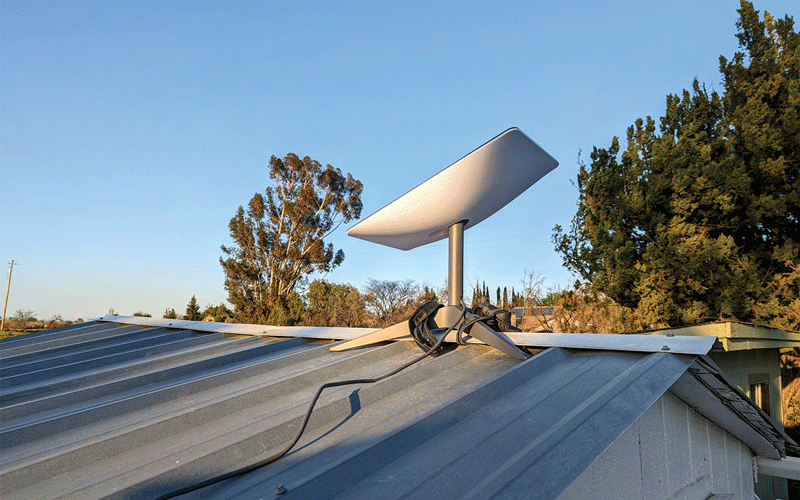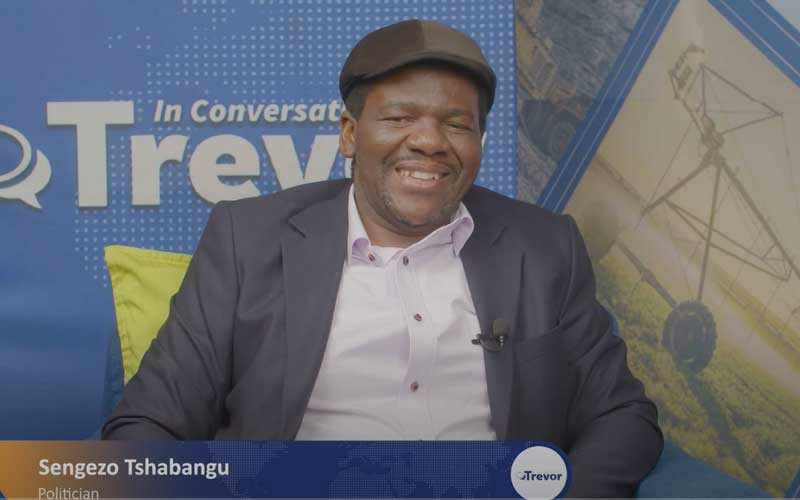
IN September 2024, Starlink, a subsidiary of SpaceX, made waves in Zimbabwe's telecommunications landscape after receiving two key licences from the Postal and Telecommunications Regulatory Authority of Zimbabwe (Potraz).
This move has sparked debate among tech enthusiasts, policy analysts, and industry players. Some are celebrating the dawn of advanced network connectivity in Zimbabwe, while others are questioning the cost of licencing foreign companies and its potential impact on local and prospective investors. For years, mobile network operators (MNOs), such as Econet, NetOne, and Telecel have faced criticism for high service prices and limited options.
With Starlink's entry into the market, backed by its cutting-edge satellite technology and competitive pricing, these traditional providers are now being forced to rethink their strategies to remain relevant.
Starlink's new licences, however, have stirred controversy. The company acquired a Network Services Licence and an ISP National Licence for a combined cost of US$575 000, with US$525 000 allocated for the Network Services Licence and US$50 000 for the ISP National Licence. Critics argue that this fee is notably higher compared to the US$137 million paid by MNOs for their 20-year licences. However, this comparison highlights a critical distinction: while the fees may appear similar, they cover vastly different operational frameworks and services. Starlink’s licences permit the company to operate for 20 years with an obligation to pay 3,5% of its gross turnover, plus VAT, annually. The significant fee difference — Starlink's US$525 000 for the Network Services Licence versus the US$137 000 renewal fees paid by MNOs — is attributed to the distinction between legacy mobile licences and converged network services licences.
MNOs like Econet and NetOne operate under a different regulatory framework, requiring a Mobile Network Operator licence, whereas Starlink and internet service providers like Liquid Home fall under the category of converged licences, which cover more comprehensive, advanced services. It is also important to note that Starlink’s licences allow the company to sell directly to consumers and appoint local agents as resellers, as long as these agents are cleared by Potraz. Starlink has not granted any exclusive reseller rights, ensuring a competitive environment for potential agents, which could challenge the existing market dynamics.
Despite its strong presence, with the most LTE base stations in Zimbabwe, Econet and its competitors face high operational costs and regulatory fees. These expenses stand in stark contrast to Starlink's operational model, which benefits from lower costs and the scalability of satellite technology. Starlink’s entry is expected to provide broader internet coverage, especially in underserved rural areas, where traditional providers have struggled to maintain affordable and reliable service. In response to the emerging competition, Econet and other providers have been upgrading their infrastructure and expanding 5G networks to improve service quality and reduce costs.
Econet has introduced more flexible and affordable pricing plans, offering packages ranging from basic internet access to high-speed data services. While these efforts are commendable, MNOs will continue to face the challenge of balancing profitability with affordability due to ongoing infrastructure maintenance, upgrades, and regulatory compliance costs. Zimbabwe navigates this new era of connectivity, Potraz will play a crucial role in maintaining a level playing field, ensuring that both established players and new entrants like Starlink can coexist. This requires balancing the need for fair competition while supporting local telecom companies that have long invested in the country’s infrastructure. Looking forward, the competition between Starlink and traditional MNOs is likely to drive further innovation and improvements in the telecommunications sector.
However, the long-term impact of this rivalry remains to be seen. While Econet may rise to the challenge, smaller providers could face extinction, leading to a more consolidated market — or even an oligopoly — as only the strongest players survive in this increasingly competitive space. Ultimately, the future of Zimbabwe’s telecommunications landscape hinges on how effectively these companies adapt to the rapidly changing environment, and how regulatory bodies manage the evolving market dynamics to benefit consumers and the economy at large.
- Potraz licences new mobile operator
- Econet raises tariffs to counter rising costs
- Zimbabwe yet to receive Starlink application
- Telcos' tariff hikes cripple Zimbabweans
Keep Reading
- Duma is a financial analyst and accountant at Equity Axis, a leading media and financial research firm in Zimbabwe. — [email protected] or [email protected], X: TWDuma_






